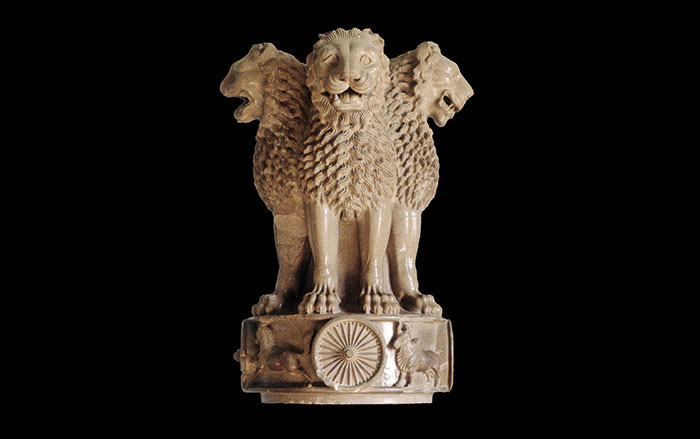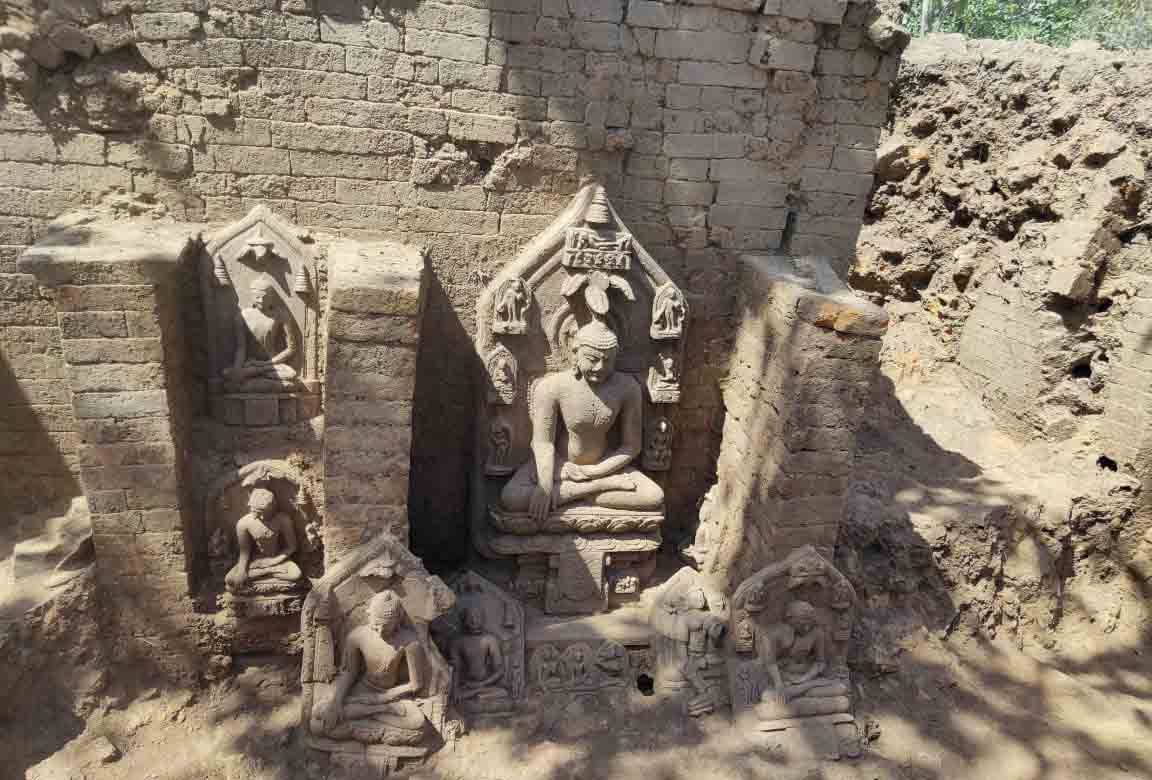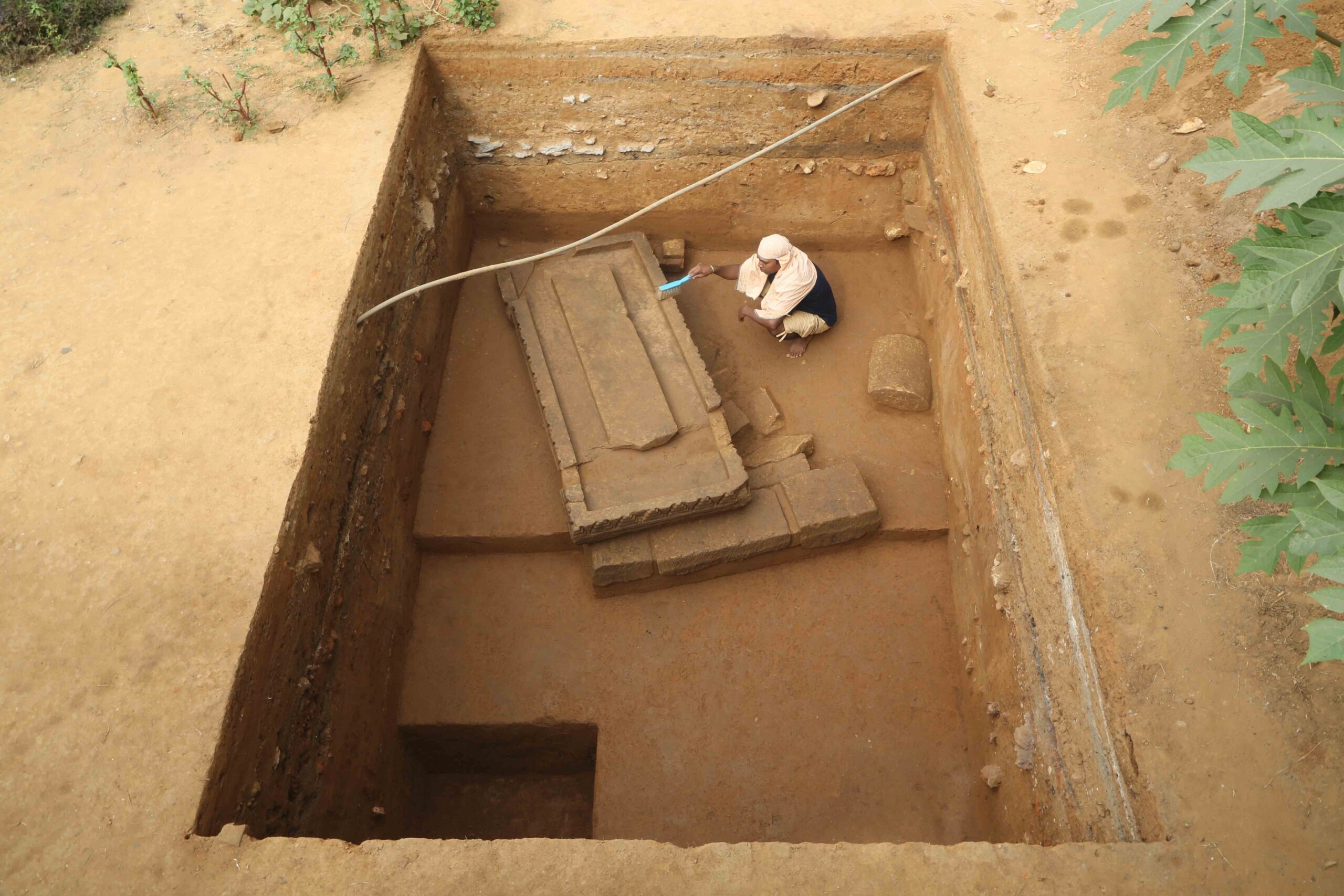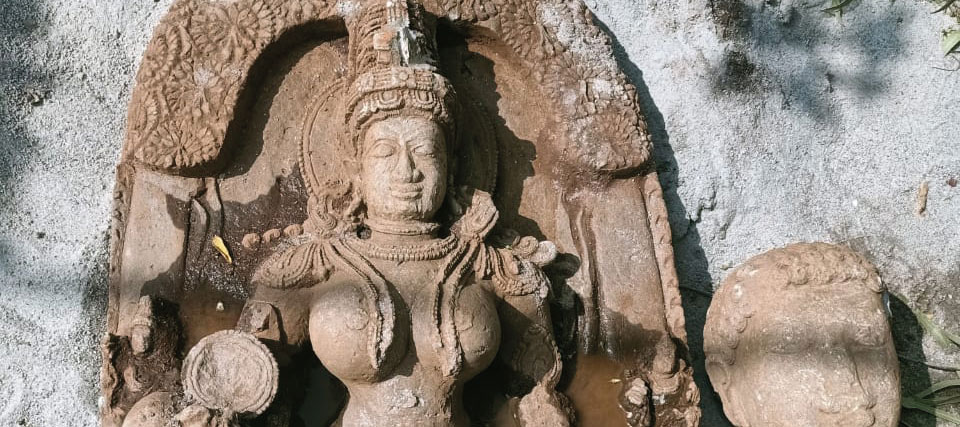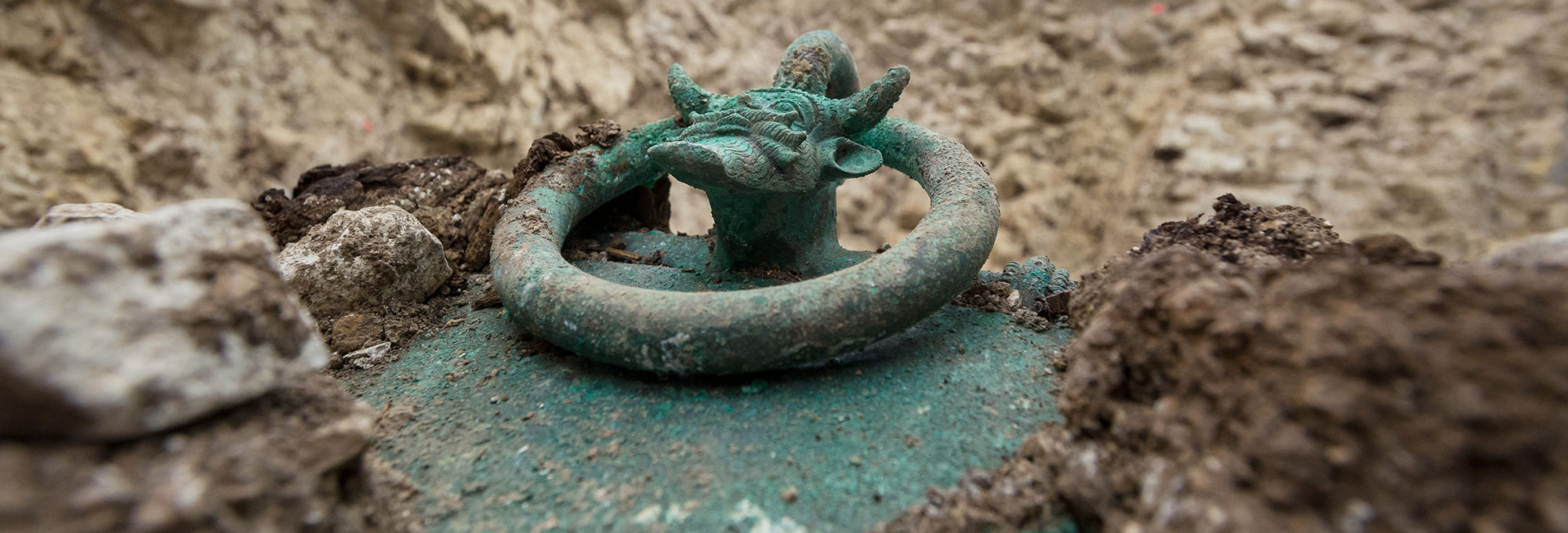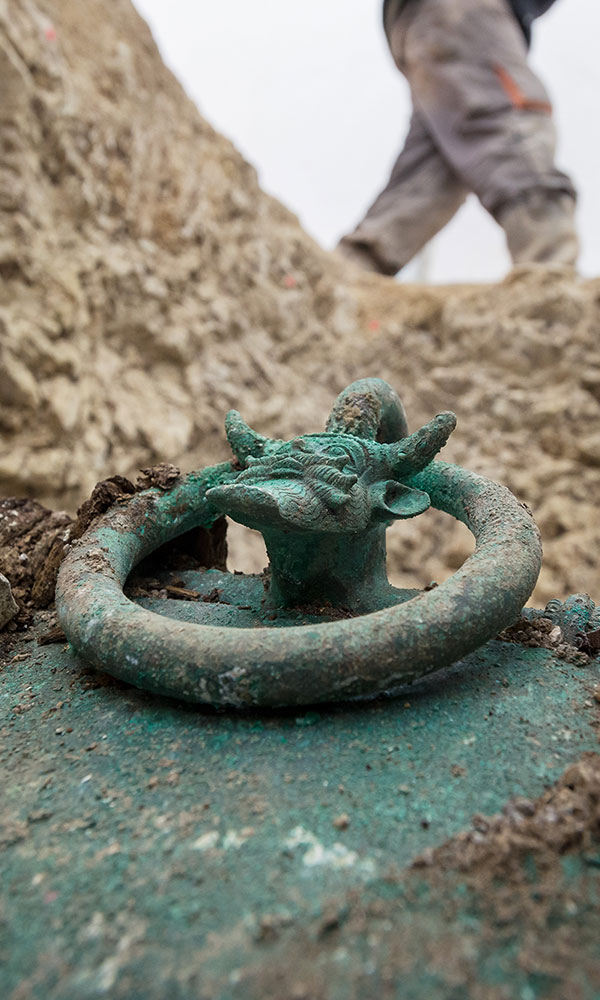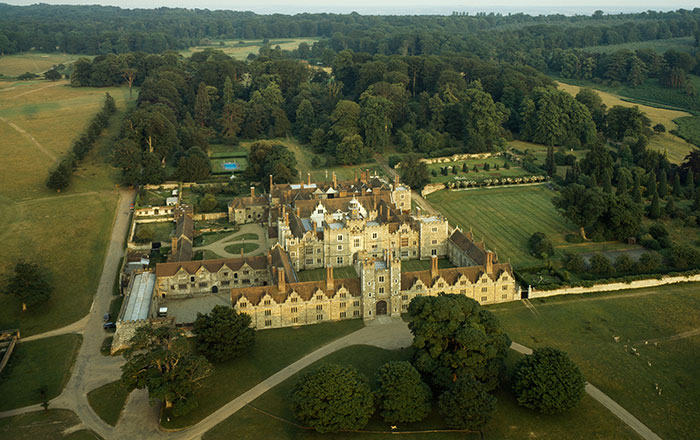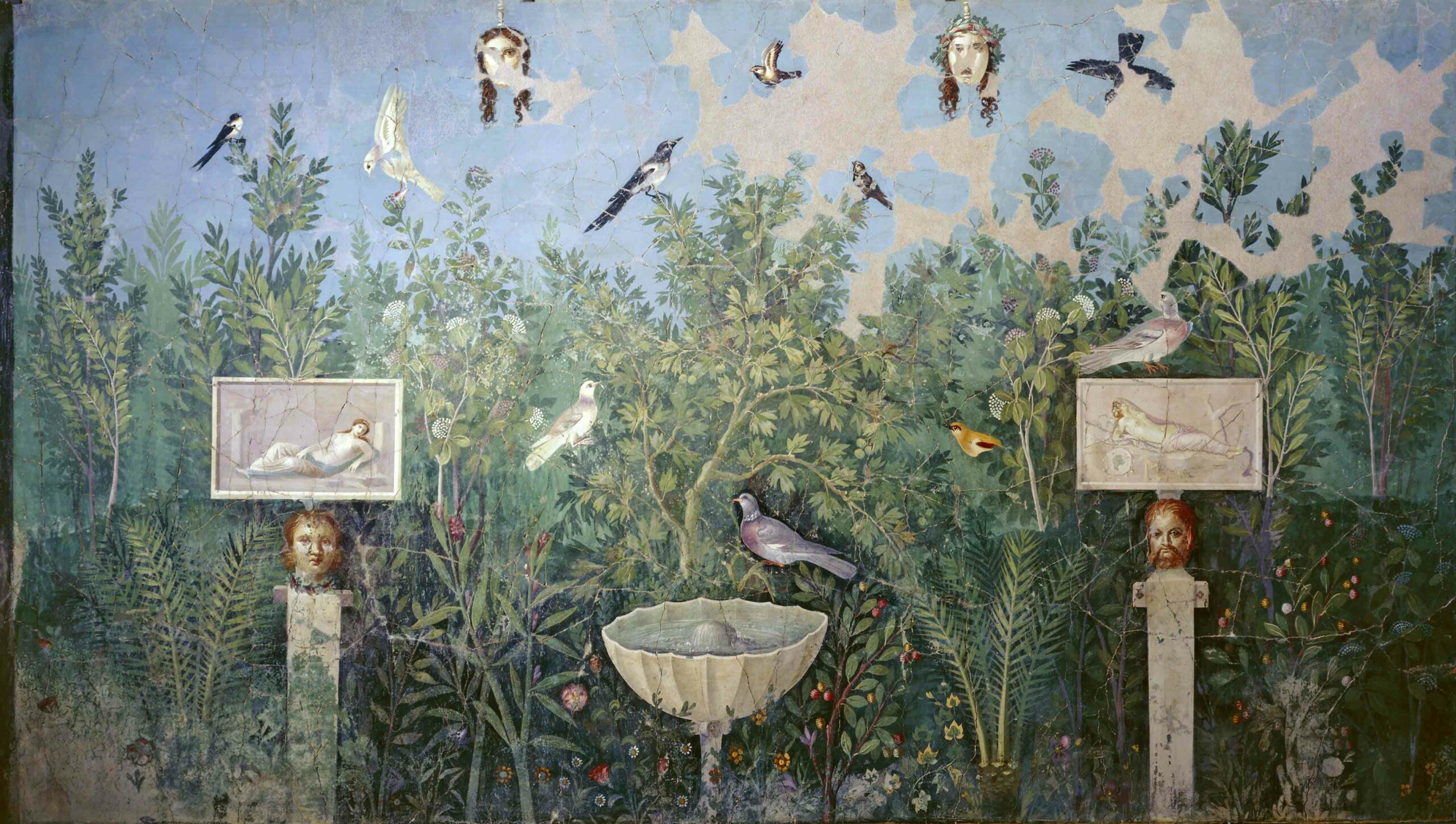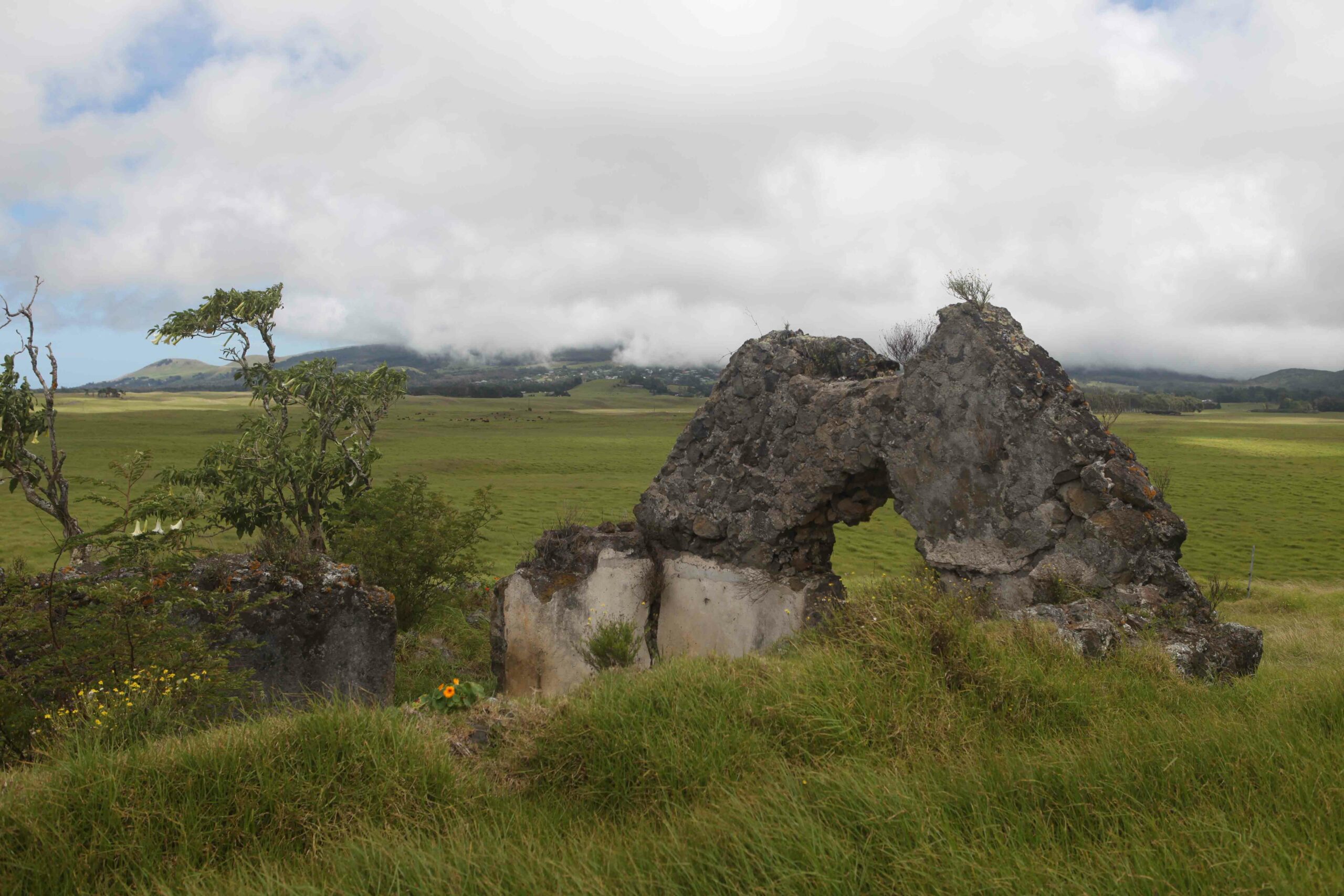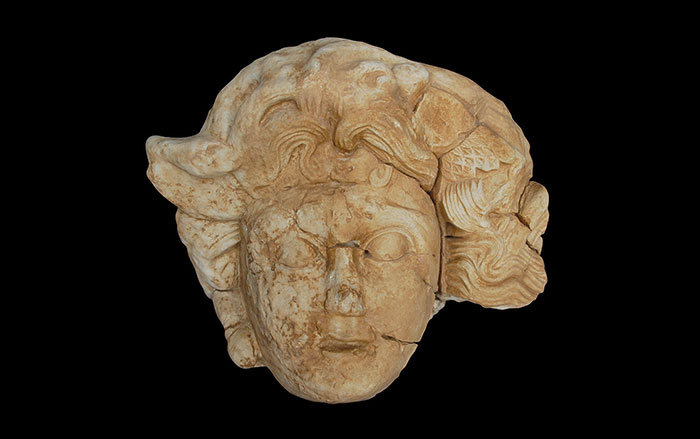
AURANGABAD, INDIA—A new study shows that the rock-cut temples of India’s Ellora Caves have been preserved in part because of the special properties of a clay plaster covering the interior of the shrines. Botanist Milind M. Sardesai and archaeochemist Rajdeo Singh used a scanning electron microscope to study plaster from the walls and ceiling of a Buddhist temple at the site dating to the sixth century A.D. They discovered that the mixture consisted of at least ten percent cannabis. "The cannabis fiber appears to have a better quality and durability than other fibers," Sardesai told Discovery News. “Moreover, the cannabis’ gum and sticky properties might have helped clay and lime to form a firm binder.” According to the researchers, the cannabis plaster was also insect-resistant and helped regulate humidity in the cave. Nearby cave temples that weren't insulated with cannabis plaster are in a poorer state of preservation than the Ellora Cave shrines. To see images of another spectacular site in India, go to “The Islamic Stepwells of Gujarat."


